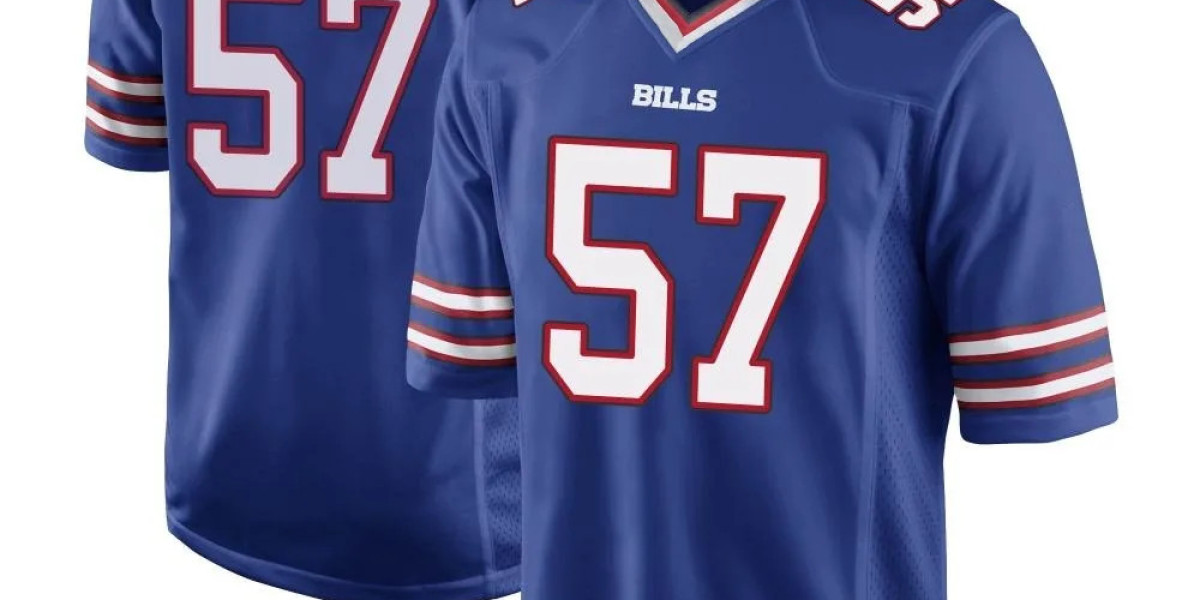Does your nose start running the moment you step into a room with that old rug? Do you find yourself sneezing like you’re auditioning for a live-action version of Allergy Season: The Musical? You’re not alone. Rugs might be cozy underfoot, but they can also be epicenters of sneaky allergens. In fact, many people experience rug allergy symptoms in Brooklyn without even realizing their beloved area rug is the culprit. Thankfully, we’re here to help you uncover the mystery of how rugs might be causing allergies and what you can do about it.
Below, we’ll explore how your favorite floor covering might be working against your sinuses, and hear tips straight from Brooklyn's cleaning pros to keep your home (and nose) happy. Don’t worry—we’ll throw in a little humor to keep things light, because honestly, what’s funnier than battling microscopic dust mites you can’t even see?
Why Your Rug Might Be Making You Sneeze
Your rug might look harmless and fluffy, but beneath those fibers lurks an ecosystem of allergens. Here’s what’s hiding in your rug (and why they love it so much):
1. Dust Mites Are Tiny Menaces
Ah, dust mites, the uninvited houseguests who make themselves right at home. These minuscule creatures thrive in warm, humid environments, and rugs? Well, they’re like the VIP lounge for dust mites. They feed on skin flakes (gross, but true) and leave behind droppings that can trigger sneezing, itchy eyes, and even asthma.
Want dust mites gone? Brooklyn pros will tell you that regular vacuuming (with a HEPA filter, mind you) is your first line of defense. But even with the fanciest Dyson, you might need professional cleaning every so often to really kick things up a notch.
2. Pet Dander Is Sneakier Than Your Dog
Got a furry friend? While your dog or cat might not physically curl up on your rug 24/7, their skin flakes (also known as pet dander) sure do. These microscopic particles can easily get embedded in your rug’s fibers, triggering allergies even if Rover is nowhere in sight.
The solution? Try to keep pets out of certain rooms. (Yes, we heard your "Yeah, right" loud and clear.) If that’s not practical, make sure to clean your rugs thoroughly every few months. A professional steam cleaning can work wonders in getting rid of stubborn dander.
3. Mold and Mildew May Be Hiding Out
Here’s a curveball you might not expect. If your rug sits on top of a damp surface or experiences spills that don’t dry out properly, mold and mildew could move in. These fungi release spores into the air that can trigger severe allergic reactions, including coughing fits and a stuffy nose.
Brooklyn cleaning pros recommend drying your rug thoroughly after any spills and keeping an eye out for any strange, musty odors (aka mold’s unofficial cologne).
4. Pollen Can Hitch a Ride Into Your Home
Think pollen is only an outdoor problem? Think again. Pollen grains can latch onto your shoes, clothes, and pets, hitchhiking their way straight onto your rugs. Once they’re there, they’re happy to sit tight until their next opportunity to ruin a perfectly good day.
Keep the pollen out by enforcing a no-shoes policy indoors or using doormats at entryways. And don’t forget to vacuum and wash rugs regularly, especially during peak allergy seasons.
How Can You Tell If Your Rug Is the Culprit?
Sure, you could just rip the rug out and go full minimalist (concrete floors, anyone?), but that might be jumping the gun. Here’s how to tell if your rug is responsible for your sniffles.
Check Your Symptoms
If you’re dealing with symptoms like sneezing, runny nose, itchy eyes, or coughing every time you’re near your rug, it’s safe to say the rug might not be as innocent as it looks.
Do a Sniff Test (No, Really)
Have you noticed an off-putting smell you can’t quite place? Mold or mildew hiding in your rug often comes with a musty odor. Before you call up your detective instincts, take a good sniff and see if your rug is the likely suspect.
Pay Attention to Allergy Flare-Ups
If your allergies mysteriously disappear when you spend an extended period outside your home and then come roaring back the moment you return, your rug might be at least partly to blame.
What Can You Do About It?
If your rug is sabotaging your sinuses, don’t panic. Brooklyn cleaning pros have a few expert tips to help you regain control of your living space.
1. Vacuum Like It’s a Competitive Sport
You might think vacuuming once a week is enough, but if allergies are flaring up, step up your game. Use a vacuum cleaner with a HEPA filter to trap those microscopic particles. If possible, vacuum high-traffic areas daily. And hey, consider it your cardio for the day.
2. Consider Professional Rug Cleaning
Sometimes, a DIY session just won’t cut it. Brooklyn cleaning pros recommend professional deep cleaning at least once or twice a year, depending on the foot traffic in your home. Steam cleaning can kill bacteria, dust mites, and other allergens hiding in your rug.
3. Use Rug Pads and Anti-Allergen Treatments
Add a protective rug pad underneath your area rug to keep moisture away. You can also purchase anti-allergen sprays designed to neutralize dust mites and pet dander. Just make sure to check the label for safety, especially if you’ve got little kids or pets around.
4. Wash Smaller Rugs Regularly
If you’ve got machine-washable rugs, toss them into the washer more often than you think you need to. Use hot water (if the material allows) to kill allergens. And if your rug isn’t machine washable, a quick trip to the dry cleaners won’t hurt.
5. Air Things Out
Sometimes a little fresh air can work miracles. On sunny days, take your smaller rugs outside and give them a good shake. The sunlight can help kill off bacteria and dry any lingering moisture.
When Is It Time to Say Goodbye to Your Rug?
We get it. Parting with your favorite rug feels like a betrayal. But if you’ve tried all the methods above and your allergies are still going strong, it might be time to consider swapping it out for a more allergy-friendly option. Look for rugs made from hypoallergenic materials like cotton, wool, or bamboo.
And hey, if someone asks why you bought a new rug, just tell them the old one wasn’t cool enough for your sinuses anymore.
Conclusion
Your rug doesn’t have to be your respiratory system’s worst enemy. With a bit of effort (and maybe some help from Brooklyn’s cleaning pros), you can transform it from a sneaky allergen magnet into a haven of clean, cozy comfort. And who knows? Your nose might finally stop boycotting your living room. Good luck—but more importantly, good breathing! Ready for a fresher home? Call the top Brooklyn rug cleaning experts today!
Frequently Asked Questions
1. Can I be allergic to my rug?
Yes, indirectly. It’s usually the allergens trapped in your rug, like dust mites, pet dander, mold, or pollen, that trigger allergic reactions—not the rug itself.
2. How often should I clean my rug to prevent allergies?
Vacuuming twice a week is a good start. If allergies are a major issue, consider professional cleaning every 6-12 months.
3. What type of rug is best for allergies?
Hypoallergenic rugs made from materials like wool, cotton, or bamboo are the best bet. Avoid shaggy rugs, as they’re harder to clean and tend to trap more allergens.
4. Can area rugs with a rubber backing cause allergies?
While rubber backing itself isn’t a common allergen, it can trap moisture and lead to mold or mildew, which are major allergy triggers.
5. Do air purifiers help with rug-related allergies?
Absolutely! Air purifiers with HEPA filters can help reduce the allergens in your home, including those circulated by your rug.







